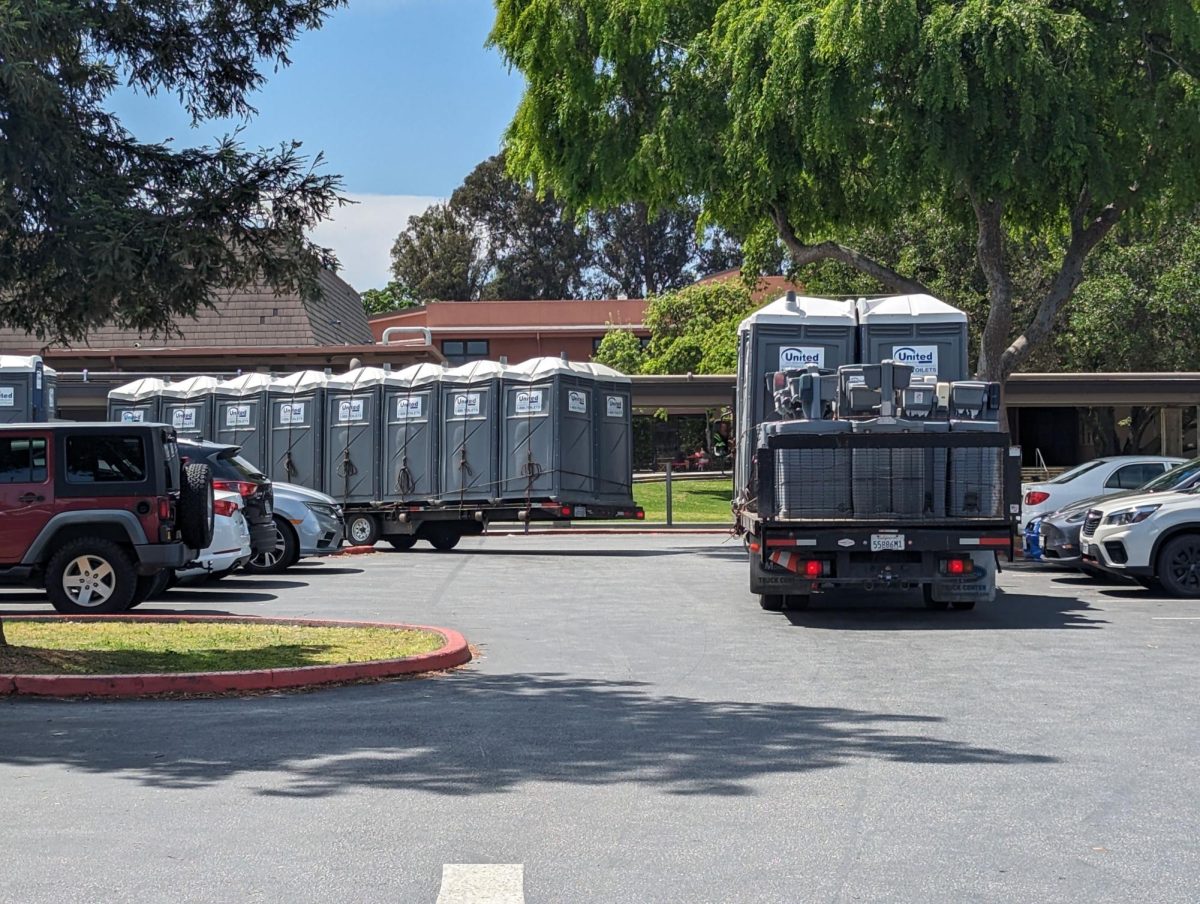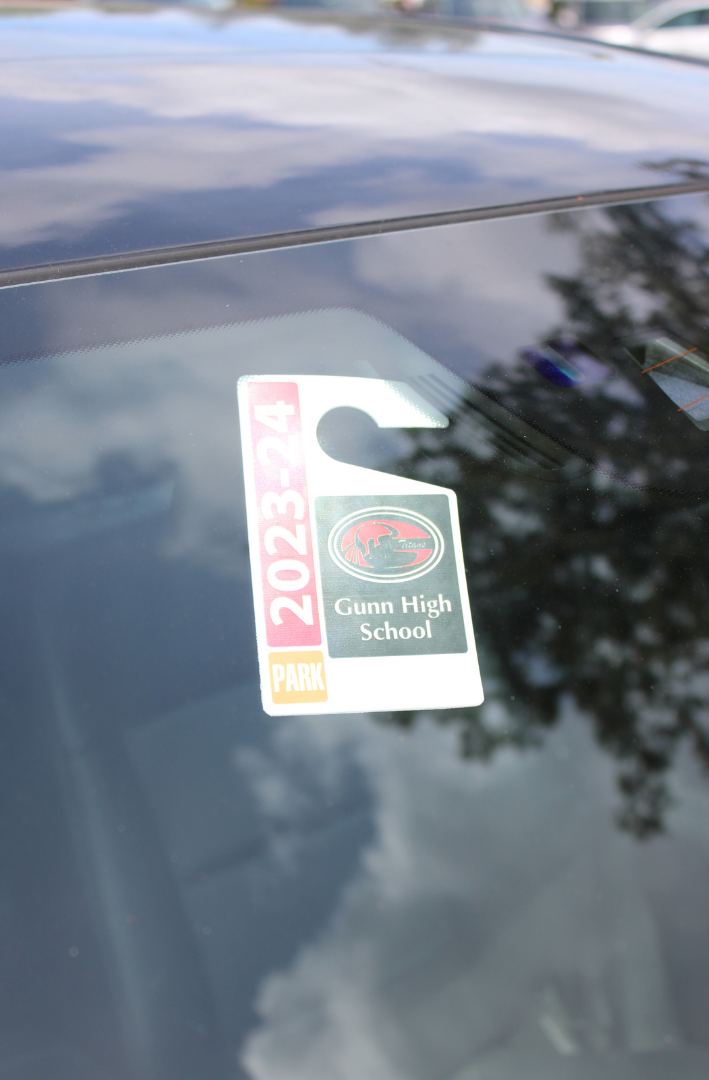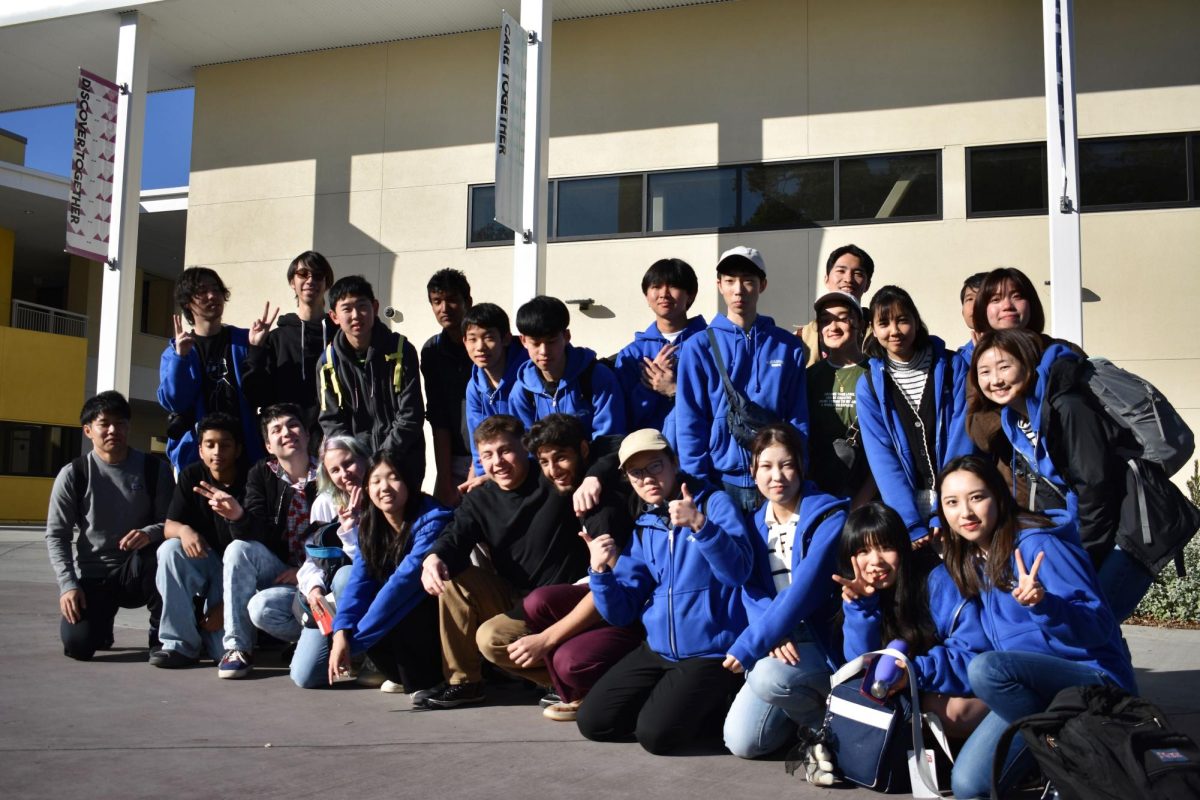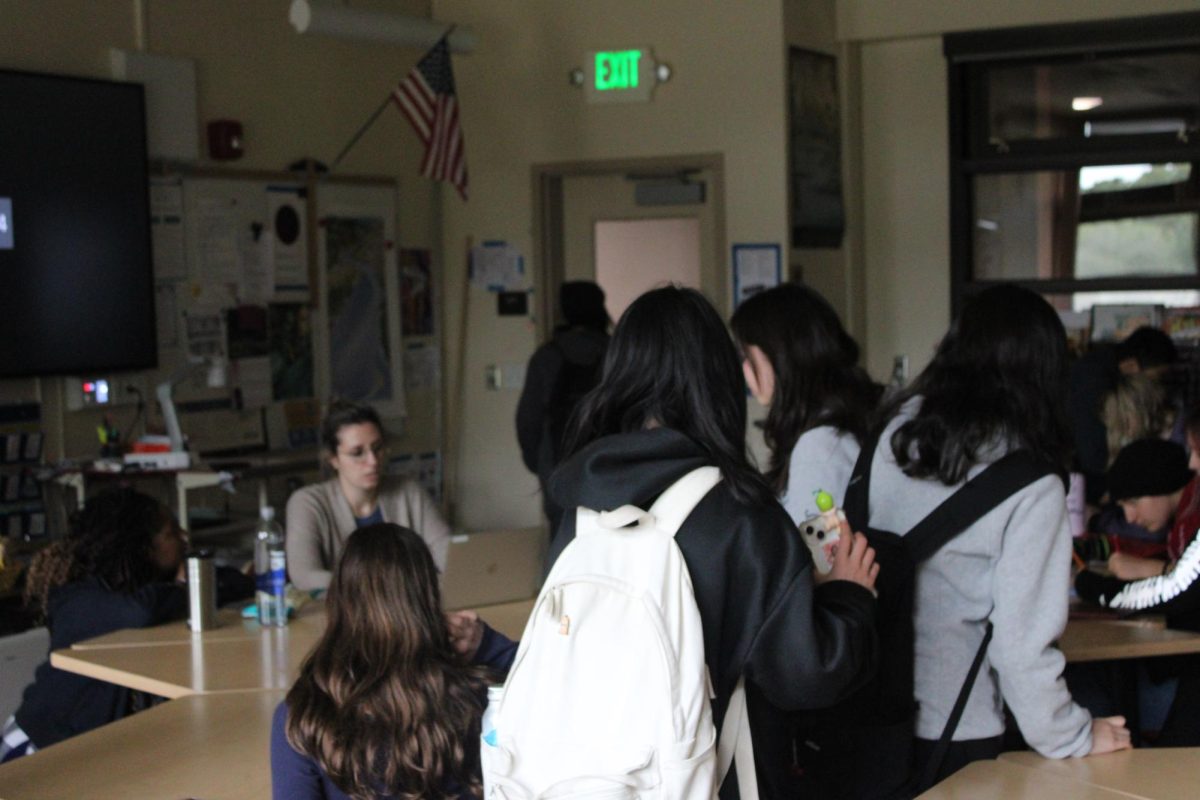By Amrita Moitra and Jean Wang

What makes people happy? Is it money? Friends and family? The Oracle decided to take a look at happiness on campus by surveying and talking to students. To measure Gunn’s happiness, The Oracle used a methodology that took into account eight different categories: facilities, social opportunities, food quality, variety of clubs, student stress, school supportiveness, graduation rate and number of sunny days. Data was obtained from a survey The Oracle responses. They graded each criteria on a scale from one to ten.
Facilities: B
The majority of students were highly satisfied with the facilities, such as the classrooms, computer lab, athletic facilities and library, with an average rating of 7.73.
Social opportunities: C+
While Gunn students may not have a packed social schedule, they do not lack social activities, like dances, football games and plays, to attend. On average, students rated the social opportunities a 6.41.
Food: D+
The food available at the Gunn cafeteria and snack bar could surely use some im- provement, with it garnering a lukewarm score of 4.45.
Clubs and organizations: B
With an average score of 7.27, it is clear that there is a solid variety of clubs and or- ganizations for students to pick and choose from. After all, Gunn is home to over 90 clubs and 16 different sports, ranging from Model United Nations to the Gunn Diving team. And if one of these clubs or sports isn’t enough, students can always charter their own club to satisfy their unique in- terests.
Stress: D
With Gunn’s high levels of pressure and academic achievement, students find Gunn to be a very stressful environment. This sentiment was reflected by the survey, in which the most common rating for stress was a 1, or extremely stressful. On average, students rated the stress level a 3.35.
Supportiveness: B-
With strong support groups like Reach Out, Care and Know (ROCK) and the new organization Sources of Strength, the sup- portiveness of the Gunn student body and administration has received positive results. Students, in general, feel safe and welcomed,
and they know that there are teachers, peers and counselors available to help them when they need it. Over 50 percent of students rated the supportiveness of Gunn to be an 8 or higher, with the average score a 6.57.
Graduation rate: A+
Gunn consistently ranks as one of the top public schools in California in terms of graduation rate, boasting an impressive graduation rate of 97.3 percent in 2009, as compared to California’s overall public school graduation rate of 78 percent.
Number of sunny days: A+
Research has shown that sunny days lead to sunny dispositions. According to Sperling’s Best Places, Palo Alto enjoys 261 sunny days in a year, compared to a national average of 205.
Calculated overall grade: B- Like any school, Gunn has its positives,
especially in the diversity of clubs and sup- portive atmosphere, and its negatives, such as the food and stress level. Yet it is only when all of these factors have been taken into consideration that we can truly see the big picture, which is this: Gunn is a happy place to be. Granted, Gunn may not be the happiest place on earth (that title is reserved for Disneyland), but we’re not too shabby, scoring an overall B-, or a 6.57.
So what do people think?
While Principal Katya Villalobos agrees that there is much room for improvement, she is satisfied with the results of the sur- vey. “I would love to think that in my ideal state, we could score an A+, but I don’t think that is possible,” Villalobos said. “I think it’s good that we’re a safe place and that students feel valued.” For her, these results are, in many ways, a reinforcement of her observation of the school over the years. “I think this cements my conversations with students and that they enjoy being here,” Villalobos said. “We’re always a work in progress, but I think we’re in a good positive direction.”
As for the high stress levels that the sur- vey revealed, Villalobos emphasizes the im- portance of how students handle the large amounts of stress, rather than the stress itself. “Everyone has stress, but it comes in different forms and at different times, and it does get better,” she said. “That’s why how you deal with it is more important.” She suggests students learn about their stress and their triggers, as well as discover their own personal ways of dealing with the stress, whether it be taking deep breaths, running or reading a novel. “Everyone should find something that helps them relax,” she said. “Once you do that, you start to get a different perspective and something that may have seemed so big isn’t so bad.”
Students reactions to the statistics were varied. “I wasn’t very surprised by these results,” junior Daniel Marcotte said. Other students, like senior Cecilia Wong, had different responses. “I was surprised by that people felt the clubs/organizations were a B because we have so many options available,” she said. “However, I was not surprised that food was a D because despite the salad bar, there aren’t very many options for buying food.”
Is this an accurate indicator of happiness?
Psychologically, happiness is an non standardized subject. “There is no one accepted psychological definition,” psy- chology teacher John Hebert said. “But most psychologists would accept the idea of happiness as a high ratio of positive to negative feelings.”
Although it is not possible to measure subjective happiness accurately, research in causes of happiness have shown consistent results. “Love makes [us] happy,” Hebert said. “A good family life, good friends, intimate relationships, meaningful work or activities and a good society contribute to happiness. Some lucky individuals are genetically predisposed to a positive outlook on life and will be happier throughout life than those not so disposed.”
Studies have also discovered the sur- prising fact that there is no correlation between material goods and happi- ness. Hebert cites the example of Puerto Rico. “Although not a wealthy nation, [Puer- to Rico] often comes out on top of happi- ness and life satisfac- tion scales,” he said. Further research has shown that countries like the United States experience lower life satisfactions levels than some third world countries. As it turns out, money can’t buy happiness. Though there is always a margin of error
involved in surveys of objective happiness, personal happiness is always accurate. “Happiness is very subjective,” Hebert said. “Therefore, it is potentially under an indi- vidual’s control. Each person determines his or her own happiness.” Hebert even suggests learning happiness, with optimistic thinking and nurtured relationships.
Contrary to popular belief, a B rating in happiness is a decent grade. In fact, it is above average. Villalobos strongly agrees. “I’ll take the B,” she said. “I think that’s an awesome grade.” Regardless of this score, it is important to remember that, with a glass-half-full mentality and participation in fulfilling activities, anyone has the potential to be happy.








